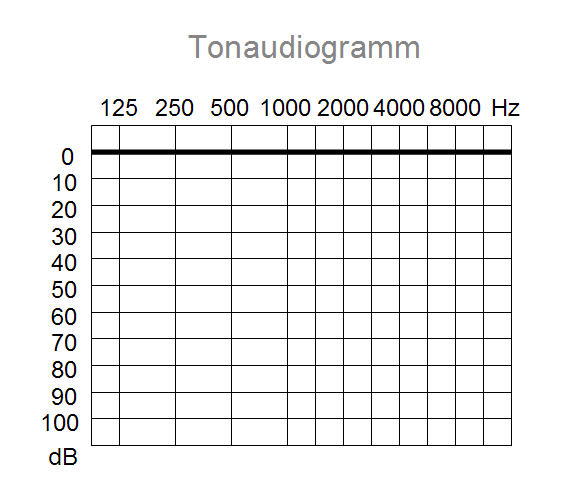The hearing healthcare industry has two barriers that prevent people from achieving healthier hearing:
- The inability to detect hearing loss in the first place (because of its slow onset), and
- The temptation to find a quick, easy, and inexpensive solution.
Regrettably, countless people who have overcome the first barrier have been lured into the apparently “cheaper and easier” methods of correcting their hearing loss, whether it be through the purchase of hearing aids on the web, the purchase of personal sound amplifiers, or by heading to the big box stores that are much more concerned with profitability than with patient care.
Despite the lure of these quick remedies, the truth is that local hearing care providers are your best option for better hearing, and here are the reasons why.
Local hearing care providers choose to use a customer-centric business model
National chain stores are profitable for one primary reason: they sell a high volume of discounted goods and services at low prices in the name of higher revenues. National chains are focused on efficiency, which is a nice way of saying “get as many people in and out the door as quickly as possible.”
Granted, this profit-centric model works great with most purchases, because you probably don’t require professional, personalized care to help choose your undershirts and bath soap. Consumer support simply doesn’t factor in.
However, problems result when this business model is extended to services that do demand expert, customized care—such as the correction of hearing loss. National chains are not focused on patient outcomes because they can’t be; it’s too time consuming and flies in the face of the high volume “see as many patients as possible” business model.
Local hearing care providers are completely different. They’re not preoccupied with short-term profits because they don’t have a board of directors to answer to. The success of a local practice is influenced by on patient outcomes and quality of care, which leads to satisfied patients who remain faithful to the practice and spread the positive word-of-mouth advertising that leads to more referrals.
Local practices, for that reason, thrive on delivering quality care, which is beneficial both the patient and the practice. By comparison, what occurs if a national chain can’t deliver quality care and satisfied patients? Simple, they use national advertising to get a continuous flow of new patients, vowing the same “quick and cheap fix” that enticed in the original customers.
Local hearing care providers have more experience
Hearing is complex, and like our fingerprints, is unique to everybody, so the frequencies I may have difficulty hearing are distinct from the frequencies you have difficulty hearing. In other words, you can’t just take surrounding sound, make it all louder, and push it into your ears and count on good results. But this is essentially what personal sound amplifiers, along with the cheaper hearing aid models, accomplish.
The truth is, the sounds your hearing aids amplify—AND the sounds they don’t—HAVE to match the way you, and only you, hear. That’s only going to come about by:
- Having your hearing professionally tested so you know the EXACT characteristics of your hearing loss, and…
- Having your hearing aids professionally programmed to intensify the sounds you have difficulty hearing while distinguishing and suppressing the sounds you don’t want to hear (such as low-frequency background sound).
For the hearing care provider, this is no straight forward task. It requires a lot of training and patient care experience to have the ability to perform a hearing test, help patients pick the right hearing aid, skillfully program the hearing aids, and give the patient training and aftercare necessary for optimal hearing. There are no shortcuts to dispensing comprehensive hearing care—but the results are worth the time and energy.
Make your choice
So, who do you want to leave your hearing to? To someone who views you as a transaction, as a customer, and as a means to attaining sales goals? Or to an experienced local professional that cares about the same thing you do—helping you attain the best hearing possible, which, by the way, is the lifeblood of the local practice.
As a general rule, we recommend that you avoid purchasing your hearing aids anywhere you see a sign that reads “10 items or less.” As local, experienced hearing professionals, we provide comprehensive hearing healthcare and the best hearing technology to match your specific needs, lifestyle, and budget.
Still have questions? Give us a call today.
